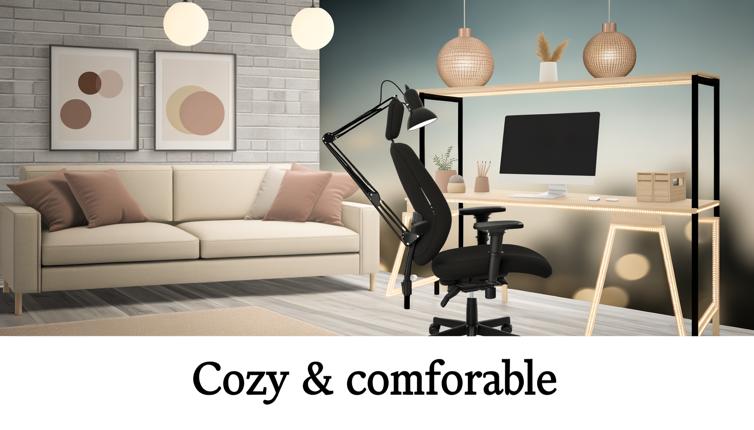Assess Your Needs
Before you can choose the right filing system for your office, you need to assess your needs. Consider the types of documents and information that you need to store and access on a regular basis. Are they primarily paper documents, or do you also have digital files? Make a list of the different categories or types of documents that you deal with, such as client files, financial records, or marketing materials.,Next, consider the volume of documents that you have and anticipate needing to store in the future. This will help you determine how much physical space you will need for your filing system. If you have limited space, you may need to prioritize certain categories of documents or consider a more compact filing solution, such as a vertical file cabinet or a digital filing system.
Choose Your Filing Method
Once you have assessed your needs, you can choose the right filing method for your office. There are several options to consider:,1. Alphabetical Filing: This is one of the most common and straightforward methods of filing. You can organize your documents alphabetically by category, subcategory, or by name. This method is particularly useful when you frequently need to locate documents based on the name of the client, project, or subject.,2. Numerical Filing: This method involves assigning numbers to your documents and organizing them in numerical order. You can use different numbering systems, such as sequential numbers or a combination of numbers and letters, depending on your needs. Numerical filing can be helpful when you have a large volume of documents and need to quickly locate specific files.,3. Chronological Filing: With this method, you organize your documents based on the date they were created or received. This can be useful when you frequently need to access documents based on when they were generated, such as invoices or correspondence.,4. Subject-Based Filing: Instead of organizing your documents alphabetically, numerically, or chronologically, you can create folders or categories based on different subjects or topics. This method allows you to group related documents together for easy access. For example, you might have separate folders for clients, projects, or departments.,Consider the nature of your work and the types of documents you handle to determine which filing method would be most effective for your office.
Choose Your Filing System
Once you have chosen your filing method, you can select the right filing system for your office:,1. File Cabinets: Traditional file cabinets are a popular choice for physical document storage. They come in various sizes and styles, including lateral, vertical, and mobile options. File cabinets are durable, secure, and provide ample storage space for both letter and legal-sized documents.,2. Filing Boxes: Filing boxes are a more portable and cost-effective alternative to file cabinets. They are typically made of cardboard or plastic and can be easily stacked and stored. Filing boxes are suitable for businesses with limited space or those that need to frequently transport files.,3. Digital Filing Systems: With the advancement of technology, many offices are transitioning to digital filing systems. These systems allow you to store and organize your documents electronically, making them easily accessible and searchable. Digital filing systems can save physical space, reduce paper waste, and provide greater flexibility for remote work or collaboration.,Consider your budget, available space, and the specific needs of your office when choosing a filing system.
Conclusion
Choosing the right filing system for your office is a critical decision that can greatly impact productivity and efficiency. By assessing your needs, selecting the appropriate filing method, and choosing the right filing system, you can create an organized and streamlined office environment. Remember to regularly review and update your filing system to ensure it continues to meet the evolving needs of your business.









